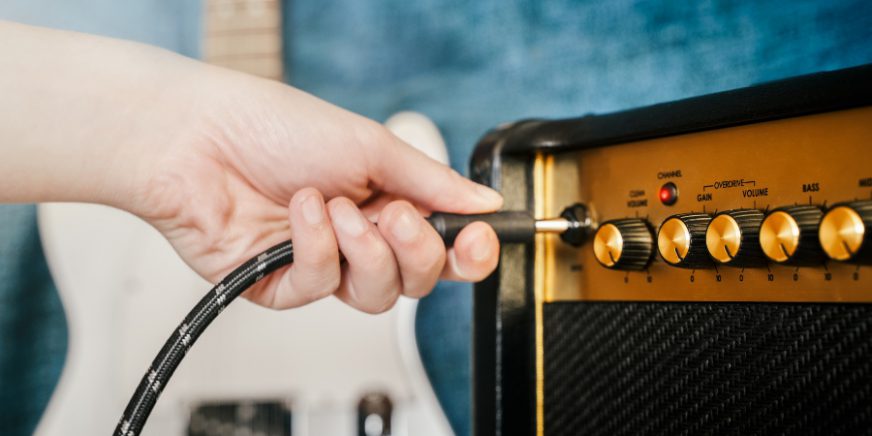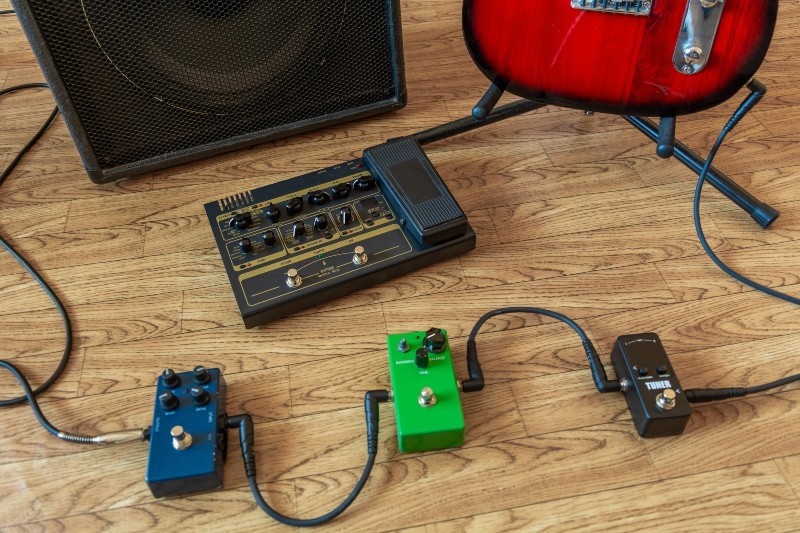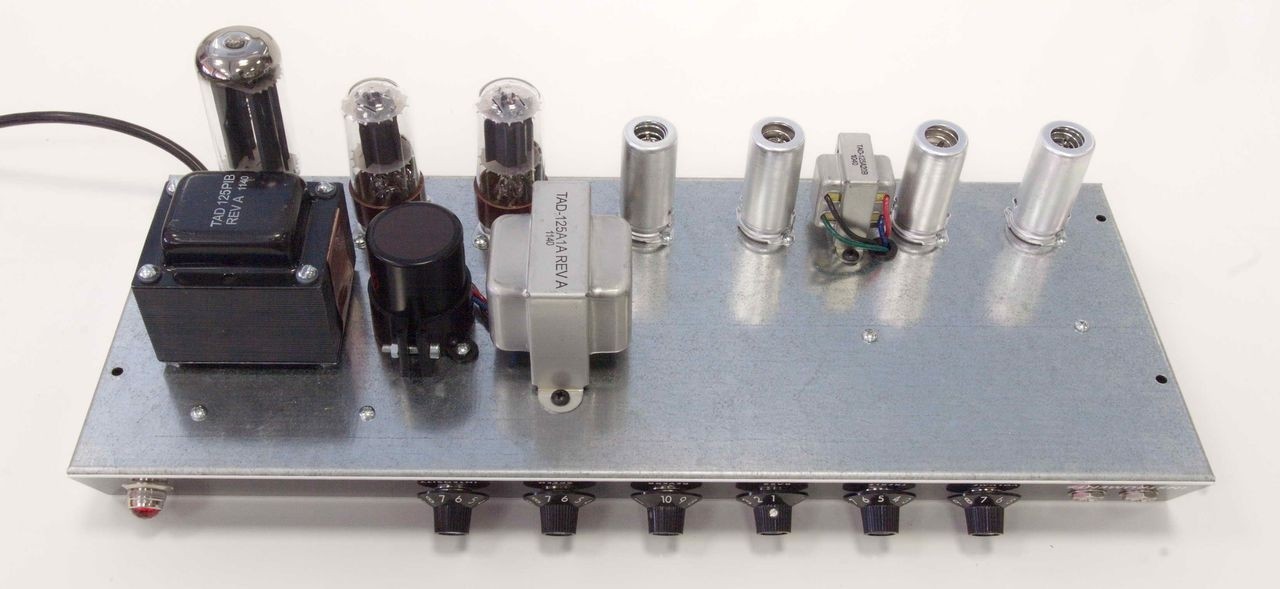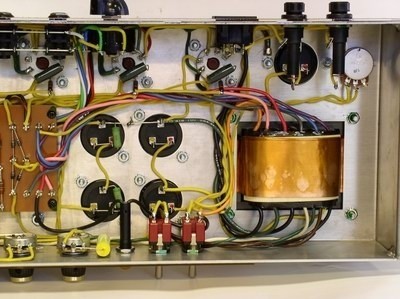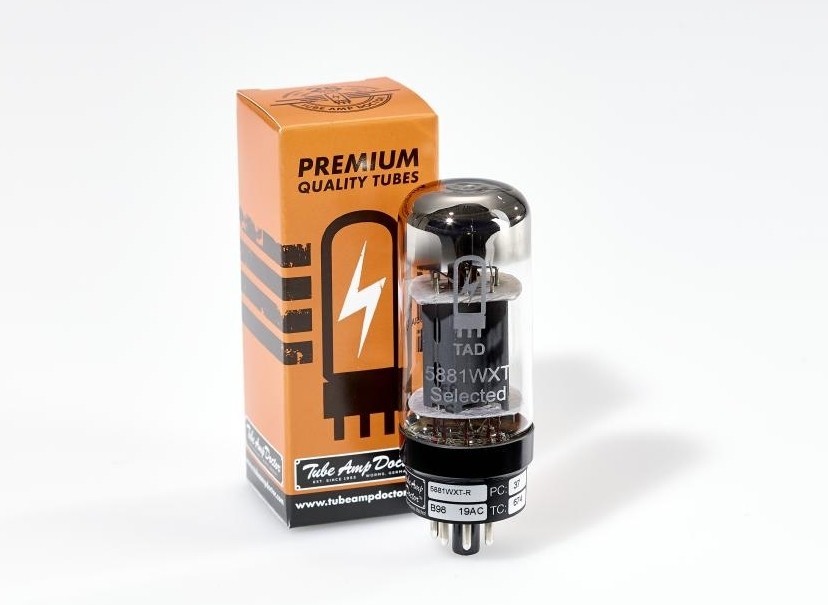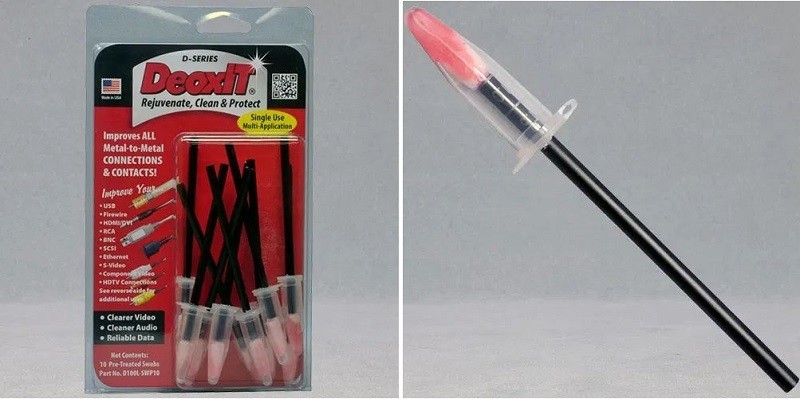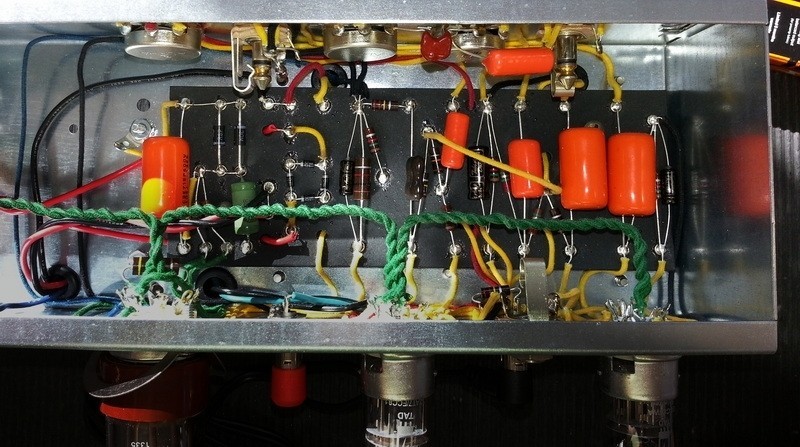« Tips for amplifier diagnostics »
When the creamy tube sound of the guitar amp is disturbed by a crackling or rustling, it can often be very frustrating. Troubleshooting can be a real challenge with extensive setups and signal paths. To get to the bottom of the noise interference as quickly and systematically as possible, we’ll need to consider all the components which could be the cause of the noise interference in turn. In our article, we’ll provide an easy-to-follow diagnostic plan to quickly and safely identify defects and malfunctions. We’ll also give hints and tips on typical repairs and the necessary spare parts for the amplifier.
Background noise, ageing, noise interference – when is it a defect?
If the guitar tube amp amplifier is crackling and the amp no longer sounds the way it’s supposed to, it may be a defect – but sometimes the age of the amp and of the electron tubes is responsible for these “discords”. In many cases, the natural background noise of the tube amplifier is also perceived as noise interference, although strictly speaking it isn’t noise interference in the narrowest sense. In fact, every amplifier makes noise, referring to the so-called background noise – depending on the design, this noise floor is sometimes stronger, sometimes weaker. Due to their analogue construction and operation, tube amps are more likely to experience guitar tube amplifier crackling than is the case with transistor amps. But even these modern amps have a slight amplifier rustling.
The background noise of the guitar amplifier is usually only perceived when there’s no input signal. The noise is amplified by turning up the channel volume without an input signal. However, while the “noise floor” is design-dependent, certain measures can help to prevent the guitar amplifier from rustling:
- Improving the cooling of the active components, keeping an eye on the amplifier temperature
- Using noise gates or expanders
- Applying a useful signal/input signal
So a perceptible background noise isn’t a defect of the tube amplifier – but if this noise can be heard very clearly, it can still interfere. If there are certain side effects and the amp rustling is particularly intensive, then we’re actually talking about noise interference. In that case, we should move on to troubleshooting.
Guitar tube amp is crackling: noise interference and its causes
The best starting point for determining the cause of a noise interference is the exact characterisation of the amplifier noise itself. Certain defects and faults have clear and tell-tale sound characteristics. If you’re familiar with these factors then you’ll be faster at repairing and, above all, you’ll understand why the guitar tube amp is crackling, tustling or humming. We present the different types of noise interference in more detail below:
Humming
If you’ve ruled out an error within the signal chain (defective cables, pickups of the guitar, speaker, etc.) and the guitar amplifier is still humming, you’ll have to open up the amp in order to be able to get to the bottom of the cause of the hum.
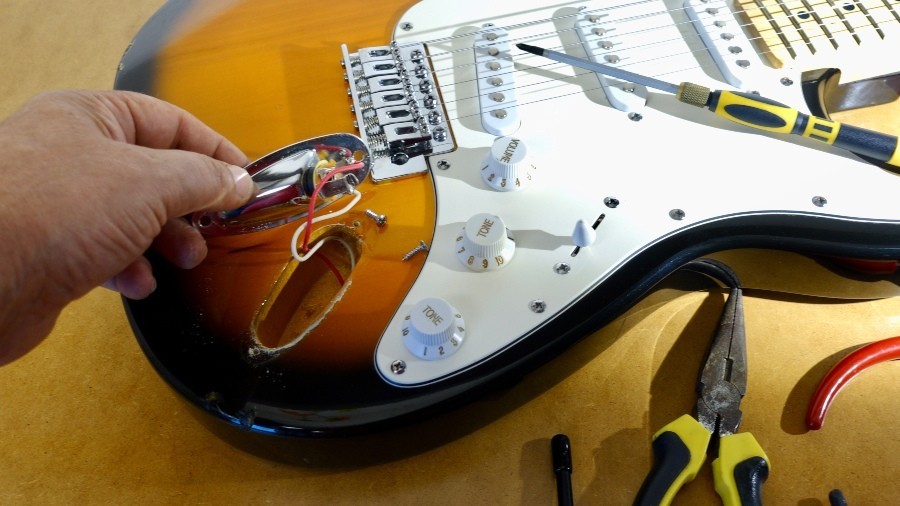
In most cases, humming or amplifier noise is caused by faulty grounding and the electromagnetic interference which comes with this. Often the fault of the amp is due to the power supply: here faulty components can be identified using diagnostic devices. However, you should be especially careful when carrying out repairs in this area; in most cases it’s better to involve a specialised workshop.
Crackling and clicking
On the other hand, in most cases crackling or clicking has its origin in the electron tubes of the power amp themselves. When the tube amplifier is crackling, there is usually an ageing defect. A tube has a predetermined maximum age, which is determined by the type of construction and the type of use. So, after a certain age, it’s time for a tube change. Heat, mechanical loads and currents cause the material to wear out more quickly, so the tube change may also be due earlier.
When a tube reaches the end of its life, clicking noises start to crop up – the amplifier will start permanently crackling while the amp is in operation. If the tube amplifier is crackling, a repair in a specialist workshop isn’t absolutely necessary, because you can risk a tube change yourself even without a specialist workshop!
If the crackling and clicking can only be heard when operating a potentiometer or switch, then the noise interference may also be caused by a faulty component. Potentiometers and switches sometimes tend to corrode and lose their functionality. Fortunately, in this case the amplifier repair can be done quickly and easily. The amplifier maintenance and contact maintenance should also be taken seriously. The potentiometers and switches can be maintained and cleaned to correct the error without a workshop.
Strong feedback
If your tube amplifier is providing high levels of feedback, then we call this microphony – an unpleasant property of outdated electron tubes. This noise is always generated when there is no longer an input signal, and it also cannot be prevented using a volume potentiometer.
The tap test can be used to detect defective electron tubes in the pre- or power-amp stage. During operation, tap lightly against the tube with a wooden stick. In this case you want to hear a dry “plonk”. However, if we hear a mess of feedback, then we’ve found the culprit.
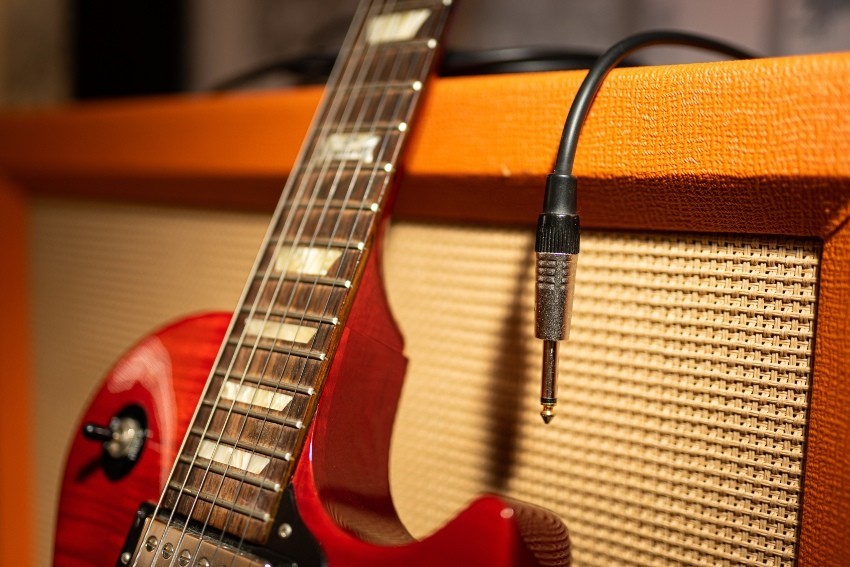
Guitar amplifier is still rustling: troubleshooting the tube amp
If it isn’t possible to work out the nature of the possible defect from the noise interference itself, we recommend that you proceed methodically. In order to diagnose the error, all other elements of the signal chain should first be ruled out as sources of the problem.
Check the signal chain
If the guitar amplifier is rustling, a systematic approach is required. The documentation is also an important point – especially with an extensive setup, the devices, instruments, cables and settings should be meticulously listed.
After that, the troubleshooting works similarly to the signal path:
- Checking the instrument (string grounding, pickups, potentiometers, output jack)
- Checking the cable/radio receiver
- Inspecting the power supply (power strips, effects devices, etc.)
- Checking the speaker cable
- Testing the speakers
If all sources of error have been ruled out by tests or replacements, the error must lie within the amp itself.
Here, the following parts should be examined one by one:
- Plug connections
- Potentiometers/switches
- Tubes (external defects, tap test)
If there’s also no noticeable defect in these easy-to-check components, it’s time to reach for the measuring device.
Here’s the point at which the layperson should stop troubleshooting – only a technician can help now. To avoid unnecessary work, you should definitely give the workshop a list of the steps you’ve already checked!
Noise interference from the tube amplifier – conclusion
In addition to all sorts of different types of noise interference (amplifier is crackling or rustling), there are also design-related background noises in the tube amplifier – interested music lovers first have to learn to recognise the difference. But if there is actually an interfering, faulty noise source in the amplifier, it’s time for the forensics to begin. As well as accurate documentation and meticulous tracking of all possibilities, the only thing left is to examine the amp itself.
If you’ve examined the tubes, potentiometers and contacts, but the amplifier is still making noise, often the only solution is to go to a specialist workshop. Because handling measuring devices and work on the power supply, transformers etc. should be done with the utmost caution!
___________________________________________________________________________________________________________________________
Image Sources:
Image in Header: © Ivan Kurmyshov – stock.adobe.com
Electric Guitar effect pedals: © Nikita – stock.adobe.com
E-guitar player in the studio: © alfa27 – stock.adobe.com
Electric guitar, input jack is being removed: © Valeriy – stock.adobe.com
Electric guitar leaning on amplifier: © Elco – stock.adobe.com
 Tubeampdoctor Magazin
Tubeampdoctor Magazin
